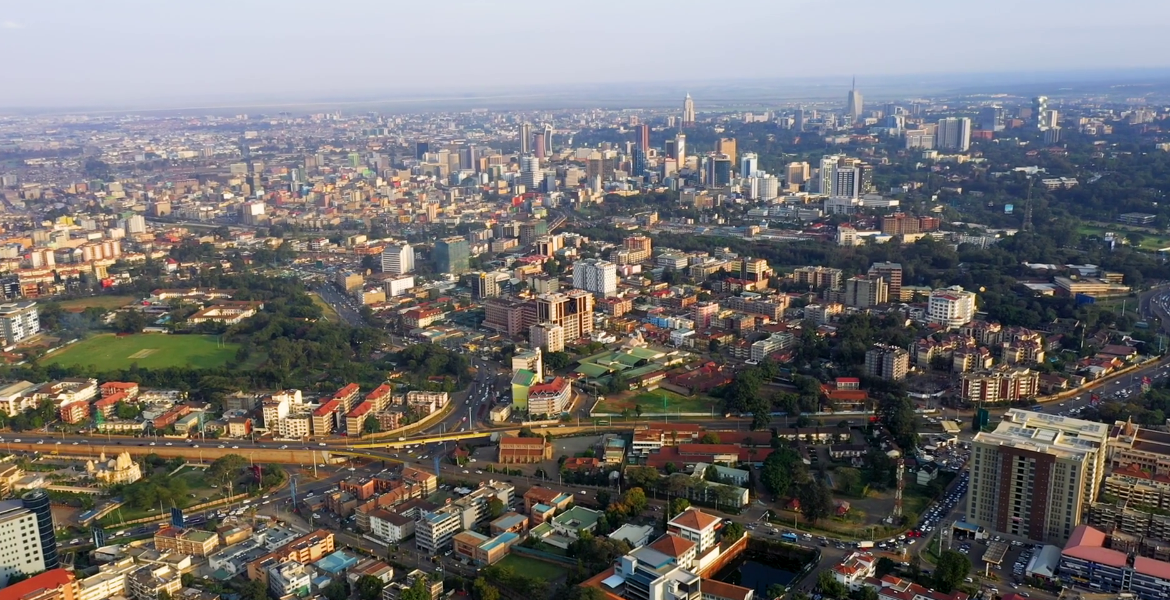Nairobi Proposes 75-Floor Building Height Limit in Major Urban Planning Shift

A draft policy currently under public review by the Nairobi County government proposes significant alterations to building height regulations across the city, potentially paving the way for a dramatic reshaping of the capital's skyline.
The proposed Nairobi City County Development Control policy could permit developers to construct buildings up to 75 floors in designated high-density areas, marking a major shift from existing regulations, which have remained largely unchanged for nearly two decades. According to the draft policy, key commercial zones, including Upper Hill, Uhuru Highway, Tom Mboya Street, Haile Selassie Avenue, and University Way, are slated for the most significant vertical expansion.
Other areas would see varying degrees of height adjustments. Riverside, Parklands, and Ngara West could see buildings capped at 20 floors, while residential neighborhoods such as Muthangari, Kileleshwa, and Kilimani would face a 15-story limit. The policy also outlines specific height restrictions for other parts of the city. Densely populated Eastlands neighborhoods like Umoja, Kayole, and Komarock may see buildings rise to eight stories, while Mathare, Dandora, and Korogocho would be limited to five floors.
Commercial and residential zones such as Kariokor, Mlango Kubwa, and Eastleigh could accommodate buildings up to 25 stories. Conversely, affluent low-density areas like Karen, Gigiri, Runda, Kitisuru, Nyari, Muthaiga, and Roslyn Estate are earmarked for single-dwelling units, preserving their existing character. Furthermore, Jacaranda, Sosian Estate, Nasra Gardens, Harambee NCC, Rabai Road Estate, Utawala, Ruai, and Kamulu in Eastlands are slated to retain their current low-rise profiles.
The public participation phase, a crucial step in the policy's potential enactment, is underway, providing residents, developers, contractors, and professional bodies with a platform to voice their opinions. According to Chief Officer Patrick Analo, this review is essential to modernize development control policies that have remained static for nearly two decades.
Proponents argue that taller buildings could help address increasing urban density and stimulate economic growth. However, concerns remain regarding the strain on existing infrastructure, the potential environmental impact, and issues of social equity.





Add new comment